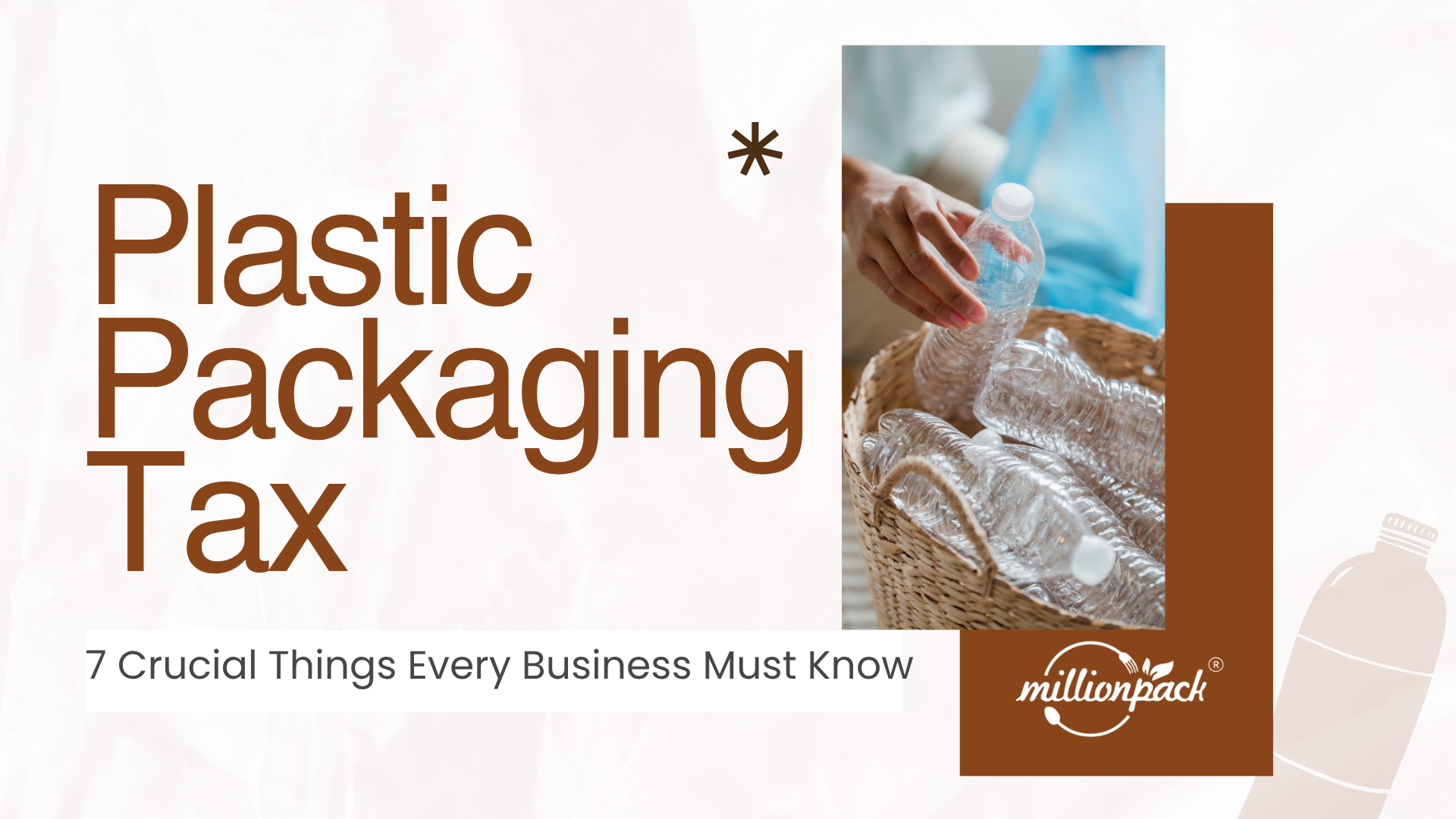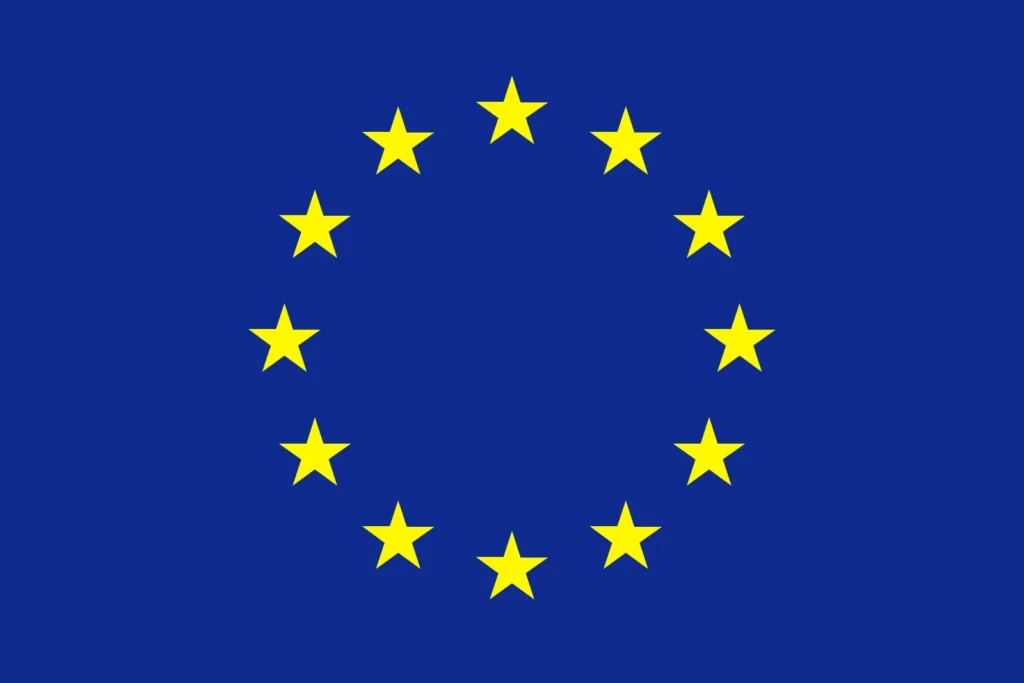Plastic packaging is a key part of modern supply chains, but growing concerns about sustainability have prompted governments to introduce new regulations to manage its environmental impact. Among these measures, the Plastic Packaging Tax has emerged as a significant policy tool, encouraging businesses to use more recycled materials and reduce dependence on virgin plastics. As regulatory frameworks tighten, understanding these changes has become increasingly important for companies involved in packaging production, distribution, or import.
In the UK, the Plastic Packaging Tax has been in force since 2022 and continues to evolve in 2025 with updated rates and stricter compliance measures. Meanwhile, other regions such as the EU, the US and parts of Asia-Pacific are introducing their own versions of plastic packaging fees, recycled content requirements and extended producer responsibility (EPR) schemes. These changes are not merely administrative; they directly influence profit margins, supply chains and brand reputation.
If your business is involved in packaging, whether through manufacturing, importing or selling customized solutions, understanding the Plastic Packaging Tax is not optional. It is essential. In this guide, we will break down what the tax is, why it matters, how it is applied across different countries, and what practical steps you can take to remain compliant, cost-efficient and environmentally responsible in 2025 and beyond.
What is the Plastic Packaging Tax?
The Plastic Packaging Tax is a regulatory measure adopted in multiple countries to reduce the use of virgin plastics and promote recycled content in packaging. While the specific rules vary by jurisdiction, the core concept is the same: businesses that manufacture or import plastic packaging must meet recycled content requirements or face tax obligations. From the UK and EU to parts of Asia-Pacific and North America, this policy reflects a growing global shift toward more sustainable packaging standards.
![[2025] Plastic Packaging Tax Explained: 7 Crucial Things Every Business Must Know 1 What is the Plastic Packaging Tax](https://millionpack.com/wp-content/uploads/2025/10/What-is-the-Plastic-Packaging-Tax-1024x448.webp)
Why is Plastic Packaging Tax Introduced?
The introduction of the Plastic Packaging Tax is driven by the need to address the environmental and economic costs of plastic waste. Globally, over 400 million tonnes of plastic are produced each year, and packaging accounts for more than 40% of that total. Yet less than 10% of plastic waste is effectively recycled, according to the OECD. This imbalance has led to increasing landfill pressure, ocean pollution and growing emissions from plastic production.
From a policy perspective, the tax creates a financial incentive for businesses to use recycled materials, which are typically more expensive than virgin plastic. Without regulation, there is little market-driven reason to invest in recycling, especially when oil prices are low and virgin plastic becomes cheaper. By applying a cost to non-recycled content, governments aim to correct this market failure.
Moreover, the tax supports broader national and international goals. For example, the UK’s Net Zero Strategy relies in part on reducing emissions from materials and waste. Similarly, the EU’s Circular Economy Action Plan calls for a dramatic cut in single-use plastics. In this context, the Plastic Packaging Tax is not just a standalone policy but part of a coordinated effort to shift industries toward more resource-efficient models.
Who Needs to Pay the Plastic Packaging Tax?
The entities responsible for paying the Plastic Packaging Tax vary by jurisdiction, but the common factor is typically the producer, importer, or brand owner. Below is a breakdown of liability across key regions:
United Kingdom
In the UK, businesses must register for the Plastic Packaging Tax if they manufacture or import 10 tonnes or more of plastic packaging within a 12-month period. This includes both filled and unfilled packaging components, as well as packaging that has undergone substantial modifications such as printing or coating.
Source: UK Government Guidance – Plastic Packaging Tax
European Union
The EU does not impose the tax directly on businesses at the EU level. However, many member states pass the cost downstream through national taxes or Extended Producer Responsibility (EPR) frameworks. Liability typically falls on companies that place packaging on the market, which includes manufacturers, importers, and online retailers. Requirements vary by country.
Source: European Commission – Circular Economy
United States
There is no federal plastic packaging tax in the United States, but several states have implemented EPR laws. These laws generally require producers, defined as brand owners, importers and sometimes converters, to register with a Producer Responsibility Organization (PRO) and fund recycling systems. For example:
California (SB 54): Applies to producers selling into the state.
Oregon: Targets manufacturers and brand owners.
Sources:
Asia-Pacific
In APAC, definitions vary, but responsibility generally falls on the company that introduces plastic packaging into the local market, whether through production or import. Examples include:
India: Brand owners, importers and producers must meet recycled content targets under the Plastic Waste Management Rules.
Australia: All packaging suppliers under the Australian Packaging Covenant Organisation (APCO) must comply.
Japan: The Plastic Resource Circulation Act requires all packaging producers and importers to meet labelling, design and recycling requirements.
How Much Is the Plastic Packaging Tax?
The cost of the Plastic Packaging Tax varies significantly depending on the country or region. In most cases, the tax is calculated per unit of weight and applied when plastic packaging fails to meet minimum recycled content standards. Understanding the current rates is essential for budgeting and product pricin
Here is a general overview of how the tax is applied in different markets as of 2025:
Typical Tax Structures
| Region | 2025 Tax Rate / Obligation |
|---|---|
| United Kingdom | £223.69 per tonne of plastic packaging that contains less than 30% recycled content |
| European Union | €0.80 per kg of non-recycled plastic packaging waste (paid by member states; often passed on to producers) |
| Spain & Italy | National-level plastic taxes: approximately €0.45–€0.50 per kg of non-recycled plastic (applies directly to businesses) |
| United States | No federal tax; EPR fees vary by state based on material type, recyclability, and volume |
| Australia | No weight-based tax; mandates minimum 20% recycled content in plastic packaging (increasing over time) |
| India | Mandatory 30% recycled content for certain food-contact and retail plastic packaging (effective April 2025) |
What Influences the Cost?
- Recycled content percentage: Lower recycled content leads to higher taxable volumes.
- Packaging weight: Heavier plastic components result in greater liability.
- Material type: Some programs apply different fees based on recyclability or complexity.
- Market destination: Exported packaging may be exempt, depending on local rules.
While some regions apply a direct per-tonne tax, others rely on EPR schemes where fees are calculated based on material usage, recyclability and design complexity. Either way, plastic packaging that does not meet regulatory thresholds will result in higher costs for producers and importers.
![[2025] Plastic Packaging Tax Explained: 7 Crucial Things Every Business Must Know 3 What Is Included in the Plastic Packaging Tax](https://millionpack.com/wp-content/uploads/2025/10/What-Is-Included-in-the-Plastic-Packaging-Tax-1024x448.webp)
What Is Included in the Plastic Packaging Tax?
The Plastic Packaging Tax generally applies to packaging that meets three key conditions:
- The packaging is predominantly plastic by weight.
This includes components made entirely or mostly of plastic, regardless of whether they are rigid or flexible. - The packaging is used for commercial purposes.
Packaging intended for the containment, protection, handling, delivery or presentation of goods is typically in scope. This applies to both consumer-facing and business-to-business packaging. - The recycled plastic content is below the required threshold.
If the material does not meet the minimum recycled content percentage (e.g. 30%), it may be subject to the tax.
Included Packaging Types:
| Packaging Type | Included in Plastic Packaging Tax (Typical Examples) |
|---|---|
| Primary Packaging |
|
| Secondary Packaging |
|
| Transport Packaging |
|
| Closures & Accessories |
|
Common Exemptions or Exclusions:
| Exclusion Type | Typically Exempt Packaging |
|---|---|
| Medical Packaging |
|
| High Recycled Content |
|
| Non-Plastic Dominant |
|
| Exported Packaging |
|
| Transport Packaging |
|
What Can Million Pack Do to Help?
Navigating plastic packaging regulations can be time-consuming and technically complex. At Million Pack, we help businesses stay ahead of these requirements by providing packaging solutions that are designed with compliance and sustainability in mind.
We offer a wide range of recycled-content and recyclable packaging materials that align with regulatory thresholds, such as the 30% recycled content rule used in many countries. Our product lines include rigid containers, flexible films, biodegradable alternatives and fully customisable packaging made to meet local compliance standards.
Beyond product supply, we support clients with:
- Material transparency — including documentation on recycled content
- Design support — helping you shift toward tax-compliant formats
- Advisory insights — on packaging strategies across the UK, EU, US, and Asia-Pacific markets
- Scalable packaging options — for small businesses and global brands alike
Whether you’re preparing to meet a specific national regulation or future-proofing your supply chain, our solutions are engineered to reduce your tax exposure while enhancing brand responsibility.
![[2025] Plastic Packaging Tax Explained: 7 Crucial Things Every Business Must Know 4 What Can Million Pack Do to Help](https://millionpack.com/wp-content/uploads/2025/10/What-Can-Million-Pack-Do-to-Help-1024x448.webp)
Frequently Asked Questions
When did the Plastic Packaging Tax come into effect?
The Plastic Packaging Tax came into effect in the UK April 2022. Other countries and regions have introduced similar measures at different times, with many updates co
Can I submit my Plastic Packaging Tax data with my Packaging Compliance data?
No. Plastic Packaging Tax data must be submitted separately. Although both relate to packaging obligations, they are governed by different frameworks and have distinct reporting requirements.
Do I have to submit the data for plastic packaging that contains over 30% recycled content?
Yes. Even if your packaging meets the recycled content threshold and is not taxable, you are still required to include it in your reports. Accurate
Is plastic packaging used for transportation included in the tax?
That depends on its use and jurisdiction. In the UK, plastic packaging used solely for transporting goods into the country (such as pallet wrap) may be exempt. However, if the same packaging is used for commercial or consumer-facing purposes, it may be taxable.
What happens with packaging made with more than one material?
If plastic is the dominant material by weight, the entire item is considered plastic packaging and may fall within the scope of the tax. Mixed-material packaging should be carefully assessed against the applicable definitions in each country.


![[2025] Plastic Packaging Tax Explained: 7 Crucial Things Every Business Must Know 2 Eco-Friendly Packaging](https://millionpack.com/wp-content/uploads/2025/07/Eco-Friendly-Packaging.webp)




